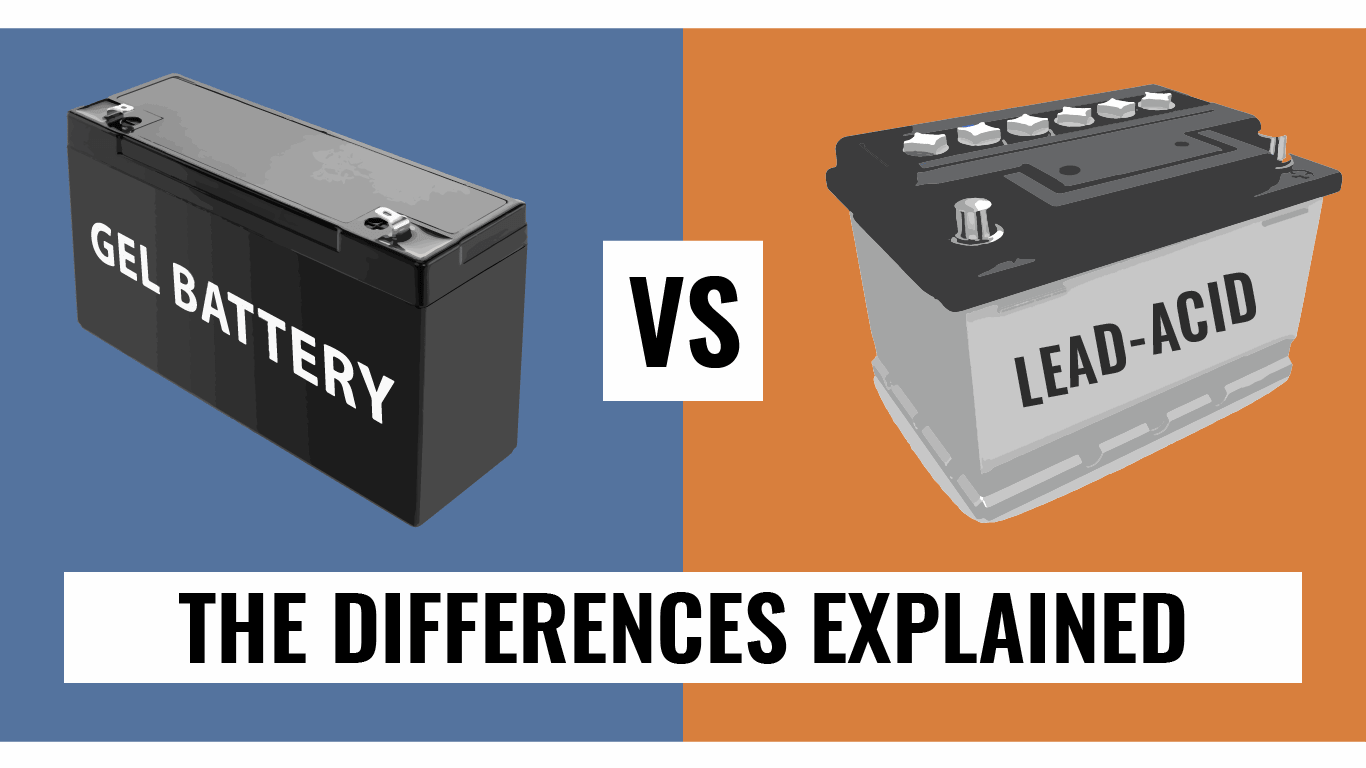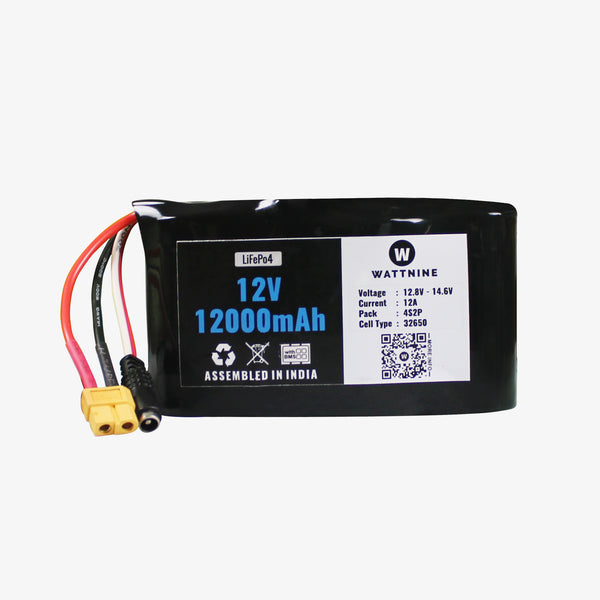rsaeon
Innovator
Adding random info that I learned a few hours ago for anyone who's reading through this thread:
Out of AGM/VRLA, SMF, and Flooded (Tubular/Jumbo Tubular/Tall Tubular) batteries, it's the Tall Tubular ones that have the longest life (and hence, the longest warranty, upto 60 months for some models). AGM/VRLA/SMF are mostly for convenience/safety at the cost of a shorter lifespan. For FLA (flooded lead acid) batteries, you need to periodically check water levels and specific gravity (once every month to every three months) and in return you'll get 5+ years of life out of them. FLA batteries also release hydrogen (along with oxygen) so they need to be in a ventilated area, the other types of LA batteries trap and force these gases to recombine.
As with all lead acid batteries, it's important to charge them as soon as possible after they've been drained, otherwise something called sulphonation occurs which drastically decreases battery capacity. It can be reversed/overcome by overcharging the batteries in a pulsatic pattern to 'burn off' the sulphates from the lead plates but that does not always work and the battery needs to be disposed for recycling. Lead Acid batteries are +90% recyclable, especially in countries like ours.
As @n1r0 explained, there are different types of lead acid batteries but they all work on the same basic principle.
It feels like you've had a bad experience with APC that you're equating with poor design/quality. Honestly, that's not unexpected — APC is an premium brand, with higher pricing than the alternatives and as a result they're not selling in the same numbers as the other brands so it's possible the APC you purchased was older stock with batteries that were all partially depleted because they sat unused/unsold for months/years.
Lead Acid batteries have a fixed shelf life, they will eventually become unusable if they're not put into service, this depletion is non-reversible — It's essential to make sure you buy newly manufactured batteries when it comes time to replace them.
This has happened to me with my Back UPS 750 (not the dual battery one I mentioned previously, this is a different, more "budget" model), it needed new batteries within a year. But that replacement battery (Luminous brand) lasted three years powering a router and wireless access point.
Out of AGM/VRLA, SMF, and Flooded (Tubular/Jumbo Tubular/Tall Tubular) batteries, it's the Tall Tubular ones that have the longest life (and hence, the longest warranty, upto 60 months for some models). AGM/VRLA/SMF are mostly for convenience/safety at the cost of a shorter lifespan. For FLA (flooded lead acid) batteries, you need to periodically check water levels and specific gravity (once every month to every three months) and in return you'll get 5+ years of life out of them. FLA batteries also release hydrogen (along with oxygen) so they need to be in a ventilated area, the other types of LA batteries trap and force these gases to recombine.
As with all lead acid batteries, it's important to charge them as soon as possible after they've been drained, otherwise something called sulphonation occurs which drastically decreases battery capacity. It can be reversed/overcome by overcharging the batteries in a pulsatic pattern to 'burn off' the sulphates from the lead plates but that does not always work and the battery needs to be disposed for recycling. Lead Acid batteries are +90% recyclable, especially in countries like ours.
@rsaeon mate, can you place your 150Ah on its side?
As @n1r0 explained, there are different types of lead acid batteries but they all work on the same basic principle.
It feels like you've had a bad experience with APC that you're equating with poor design/quality. Honestly, that's not unexpected — APC is an premium brand, with higher pricing than the alternatives and as a result they're not selling in the same numbers as the other brands so it's possible the APC you purchased was older stock with batteries that were all partially depleted because they sat unused/unsold for months/years.
Lead Acid batteries have a fixed shelf life, they will eventually become unusable if they're not put into service, this depletion is non-reversible — It's essential to make sure you buy newly manufactured batteries when it comes time to replace them.
This has happened to me with my Back UPS 750 (not the dual battery one I mentioned previously, this is a different, more "budget" model), it needed new batteries within a year. But that replacement battery (Luminous brand) lasted three years powering a router and wireless access point.








